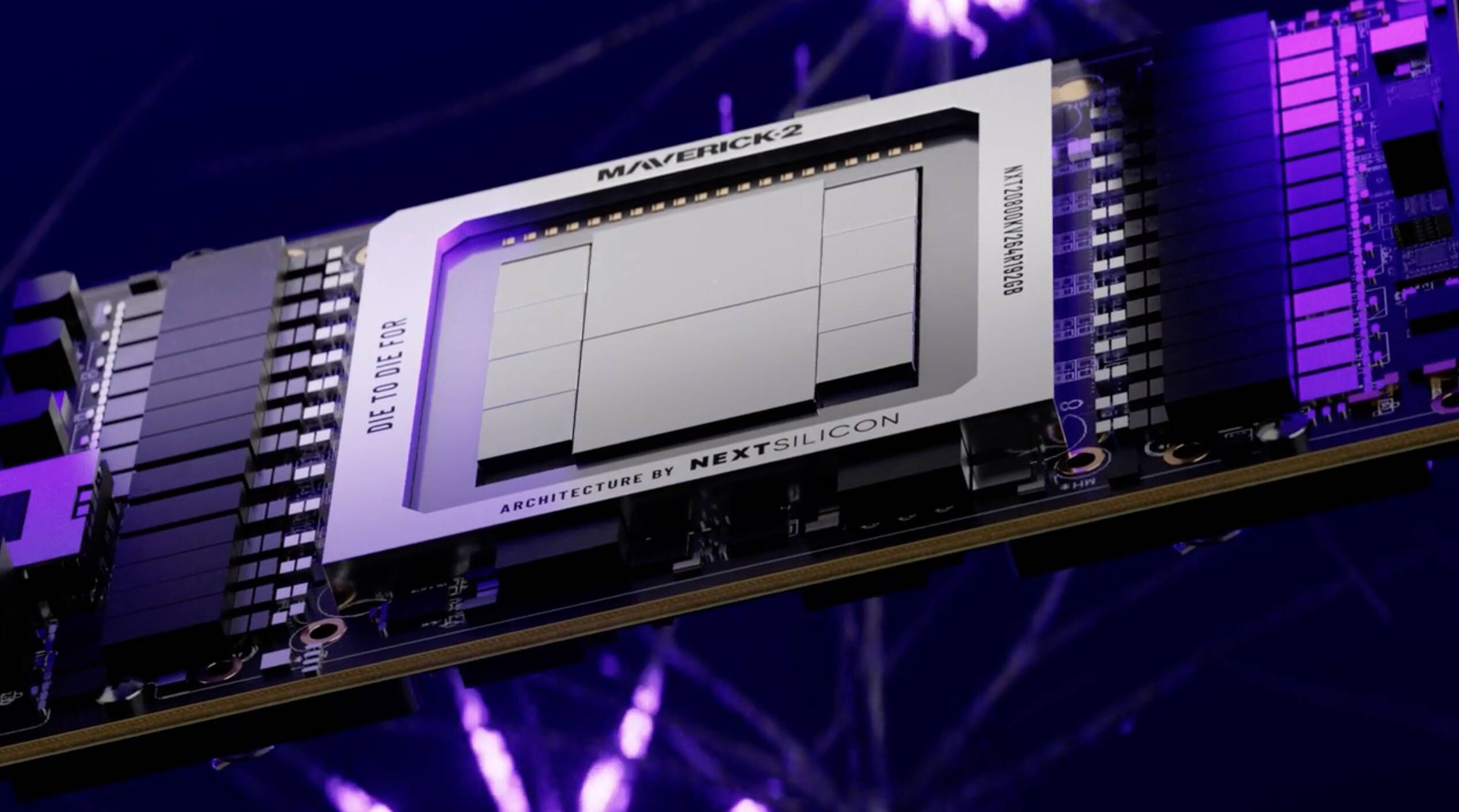
"Researchers and engineers working in particle physics, materials analysis, or drug discovery haven't exactly been spoiled for choice when it comes to chips capable of the highly precise double-precision calculations that these workloads depend. NextSilicon aims to change that with Maverick-2, a chip aimed not at AI but the high-performance computing (HPC) community. This week, the chip startup offered the best look yet at how its dataflow accelerators - now deployed by several customers, including Sandia National labs - hold up in the wild,"
"In the High-Performance Conjugate Gradient benchmark popularized by the biannual Top500 HPCG leaderboard, a biannual ranking of supercomputers, NextSilicon claims to match "leading GPU" performance, while consuming half the power. In the test, the startup claims the chip achieved 600 gigaFLOPS at a mere 750 watts. Meanwhile, in PageRank, NextSilicon says the chip achieves 10x higher graph analytics performance compared to modern GPUs - noting that for graphs larger than 25 GB the GPUs couldn't even finish the benchmark."
"Finally, for high-throughput databases - an area with some applications for AI agents, retrieval augmented generation (RAG), or vector search - NextSilicon claims Maverick-2 achieved 32.6 giga updates a second (GUPS), making it 22x faster performance than CPUs and 6x higher performance than competitor GPUs. What CPUs and GPUs is NextSilicon using to draw these comparisons? We're still waiting to hear back."
NextSilicon’s Maverick-2 is a dataflow accelerator designed for high-performance computing workloads like particle physics and materials analysis. The company reports deployments with customers including Sandia National Labs and claims up to a 10x advantage over leading GPUs on targeted benchmarks. In the High-Performance Conjugate Gradient benchmark, the chip reportedly matches leading GPU performance while consuming half the power, achieving 600 gigaFLOPS at 750 watts. In PageRank, the chip reportedly delivers 10x higher graph analytics throughput, with GPUs failing to complete graphs larger than 25 GB. For high-throughput databases, Maverick-2 reportedly achieves 32.6 GUPS, 22x faster than CPUs and 6x faster than competitor GPUs. The specific CPUs and GPUs used for comparisons were not disclosed. GPU vendors have prioritized low-precision formats like FP8 and FP4, reducing FP64 performance on recent GPU generations.
Read at Theregister
Unable to calculate read time
Collection
[
|
...
]